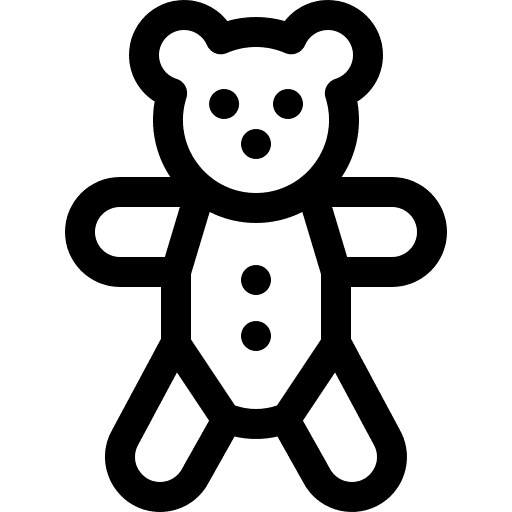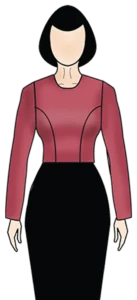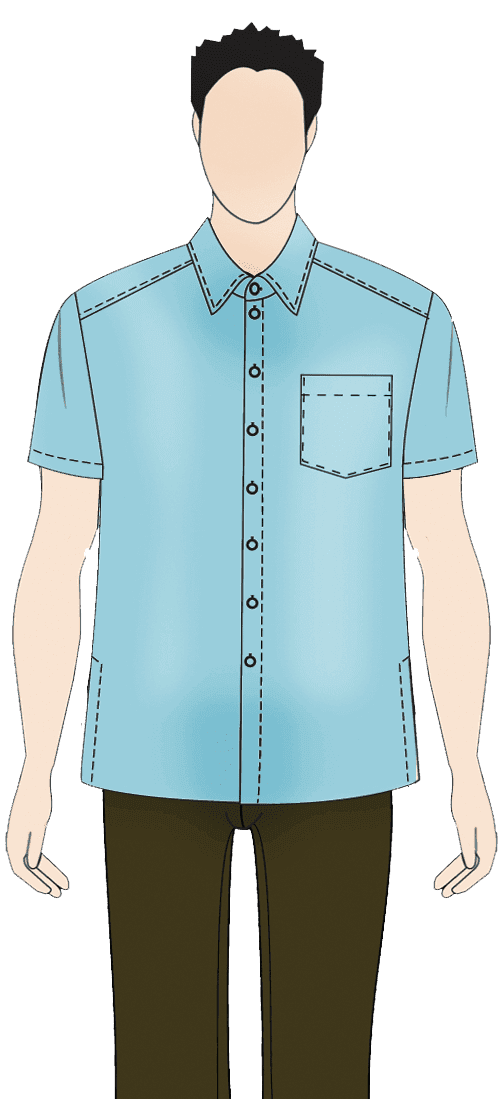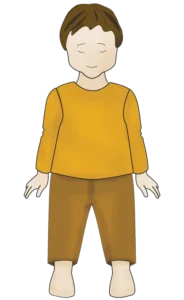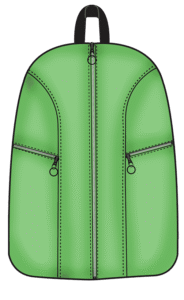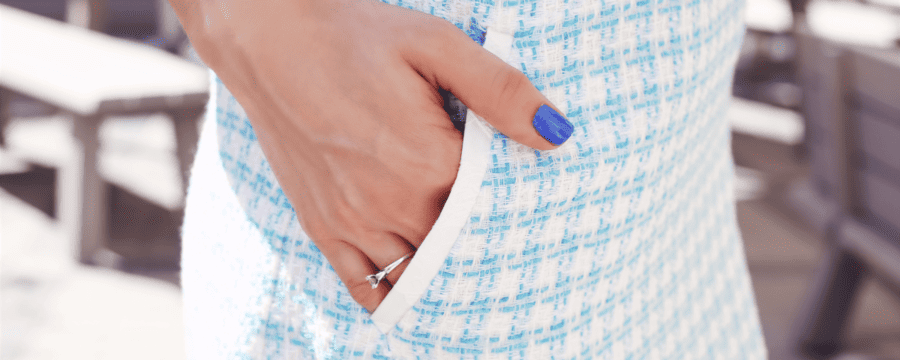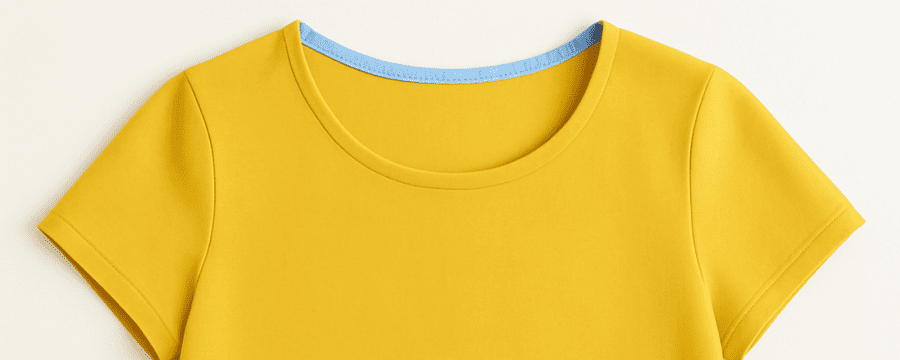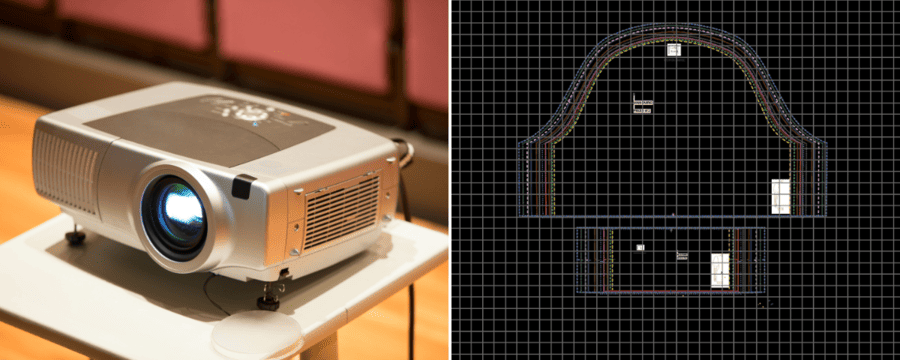
Quilting Fabrics: A Beginner’s Guide
Quilting fabrics aren’t just for quilts! They’re adaptable, fun to sew with, and add texture, warmth, and structure to all kinds of handmade projects. Whether you’re making a cozy quilt, a tote bag, or even a jacket, choosing the right quilting fabric makes your sewing experience much smoother.
In this post, we’ll cover the basics: what quilting fabric is, the most common types, quilting styles, how to choose fabrics, and beginner-friendly sewing tips.
What Is Quilting Fabric?
Common Types of Quilting Fabrics
1. Quilter’s Cotton
- The most common quilting fabric.
- Smooth, medium-weight, easy to cut and sew.
- Perfect for: quilts, bags, pillows, and beginner projects.
2. Cotton Blends
- Cotton mixed with polyester or other fibers.
- Less prone to wrinkling but may not press as crisply.
- Great for everyday projects where durability matters.
3. Flannel
- Soft, brushed cotton fabric that feels cozy.
- A little stretchier and bulkier than quilting cotton.
- Perfect for baby quilts, pajama pants, blankets.
4. Batiks
- Hand-dyed cotton fabrics with unique, colorful designs.
- Tighter weave — can feel stiffer, but softens after washing.
- Adds a striking look to quilts and accessories.
5. Pre-Quilted Fabrics
- Fabrics that already have batting and quilting stitches.
- Ready to sew — no need to add your own batting.
- Perfect for quick projects like bags, pouches, or jackets.
Quilting Styles
— Once you’ve chosen your fabric, the fun part begins: quilting! Quilting simply means sewing layers of fabric together with stitches. The stitching not only holds everything in place but also adds a beautiful decorative element.
1. Straight-Line Quilting
This style uses parallel straight lines, often vertical or horizontal. It’s one of the simplest techniques and gives a clean, modern look.
- Best for: beginners, minimalistic quilts, tote bags.
- Tip: Use a walking foot to keep lines evenly spaced.
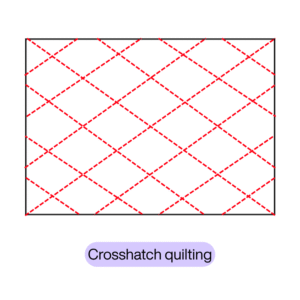
2. Crosshatch Quilting
This pattern looks like a grid or lattice, created by stitching diagonal lines that cross each other. It adds strength and structure while keeping the quilt surface smooth.
- Best for: bed quilts, table runners, and projects that need durability.
- Tip: Mark your lines with a washable fabric pen for accuracy.
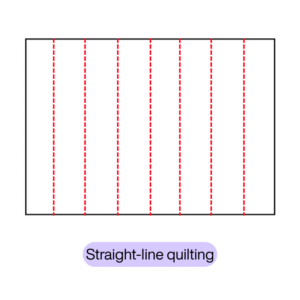
3. Diagonal X Quilting
Also known as the “X design,” this technique connects the corners of a block with diagonal stitches. It’s fast, simple, and works especially well for larger quilt squares.
- Best for: quick projects, beginner quilts, or when you need stability without lots of stitching.
- Tip: Stitch from the center outwards to avoid fabric puckering.

4. Freemotion Quilting (Motif Quilting)
This style lets you “draw with thread” using curvy, flowing lines — in this case, heart shapes. It’s more creative and less structured, perfect for adding personality.
- Best for: decorative quilts, wall hangings, or any project where you want a playful design.
- Tip: Practice on fabric scraps before moving to your main project.
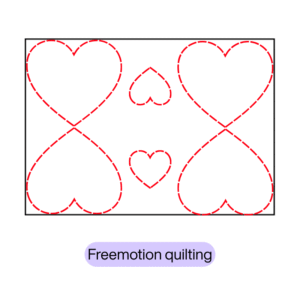
How to Choose Quilting Fabrics
When shopping, keep these points in mind:
- Quality matters: Choose tightly woven cotton that doesn’t feel flimsy.
- Color & print: Solids, small prints, and geometric patterns are easiest to match.
- Pre-wash? Many quilters pre-wash to prevent shrinkage, especially for garments and bags.
- Mix & match: Quilts often use many fabrics, so don’t be afraid to play with contrast!
Sewing Tips for Quilting Fabrics
- Use a universal needle (size 80/12 is a good start).
- Press seams flat with a hot, dry iron.
- Use quality thread (cotton or polyester).
- If sewing multiple layers (like quilted bags), use a walking foot for even feeding.
- For pre-quilted fabrics, finish raw edges with bias tape for a clean look.
Projects Perfect for Quilting Fabrics
- Quilts (of course!)
- Tote bags & zipper pouches
- Pillow covers
- Baby blankets
- Aprons
- Lightweight jackets & vests
- Table runners & placemats

